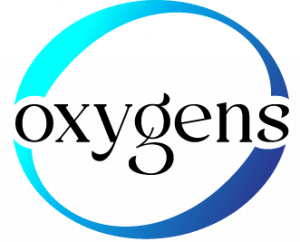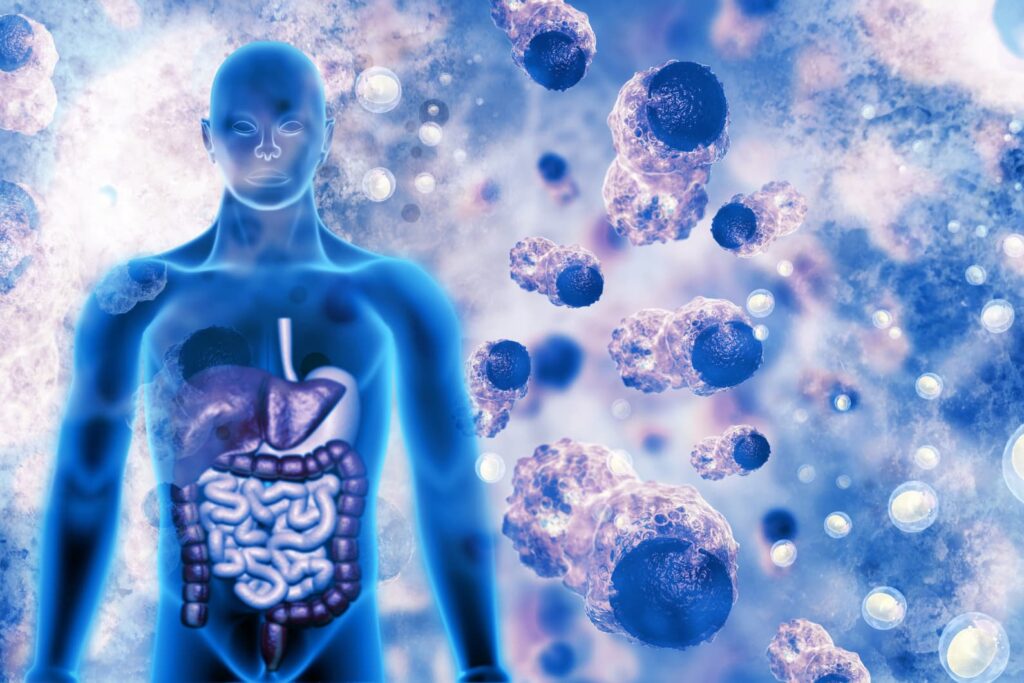To understand the role of oxygen and hyperbaric therapy, let’s first explore the significance of oxygen in the body and then delve into how hyperbaric oxygen therapy (HBOT) can enhance its effects.
Oxygen is vital for sustaining life as it plays a crucial role in cellular metabolism. It is required for the production of adenosine triphosphate (ATP), the primary energy source for cells. Oxygen is also involved in various biochemical reactions and is essential for maintaining the health and functionality of tissues.
In normal atmospheric conditions, the air we breathe contains approximately 21% oxygen. However, certain medical conditions or injuries can result in reduced oxygen delivery to tissues, leading to inadequate oxygenation. This compromised oxygen supply can impede the healing process, particularly in conditions such as non-healing wounds, radiation injuries, and certain infections.
Hyperbaric oxygen therapy involves breathing 100% pure oxygen in a pressurized chamber, typically at pressures greater than sea level (1 atmosphere absolute). This increased pressure allows for the enhanced dissolution of oxygen into the bloodstream, leading to significantly higher levels of oxygen reaching tissues and organs throughout the body. Here are some key ways in which the role of oxygen and hyperbaric therapy exerts its effects:
- Increased oxygen delivery: The increased atmospheric pressure in the hyperbaric chamber facilitates greater oxygen uptake by the lungs. The oxygen dissolves into the bloodstream and is transported to tissues, even in areas with compromised blood flow. This helps to overcome oxygen deprivation and promotes healing.
- Neovascularization: Hyperbaric oxygen therapy can stimulate the growth of new blood vessels, a process known as neovascularization. The increased oxygen availability promotes the formation of new capillaries, improving blood supply to damaged tissues. This enhanced blood flow delivers vital nutrients and immune cells necessary for tissue repair and healing.
- Reduction of tissue hypoxia: HBOT Can combat tissue hypoxia, a condition characterized by inadequate oxygen supply to tissues. By saturating the tissues with high levels of oxygen, hyperbaric therapy helps mitigate hypoxic conditions and supports the healing process.
- Anti-inflammatory effects: Hyperbaric oxygen therapy can modulate inflammation by reducing the production of pro-inflammatory molecules and enhancing the activity of anti-inflammatory factors. This anti-inflammatory effect contributes to tissue repair and aids in the resolution of chronic inflammatory conditions.
- Bactericidal and antimicrobial activity: High levels of oxygen can have bactericidal and antimicrobial effects. Hyperbaric oxygen therapy creates an environment that is hostile to certain bacteria, promoting their elimination and reducing the risk of infection.
Overall, hyperbaric oxygen therapy harnesses the power of increased atmospheric pressure and high oxygen concentrations to optimize cellular function, promote tissue healing, enhance blood flow, and modulate inflammation. It serves as an adjunctive therapy for a wide range of medical conditions where enhanced oxygenation can facilitate recovery and can improve patient outcomes.

